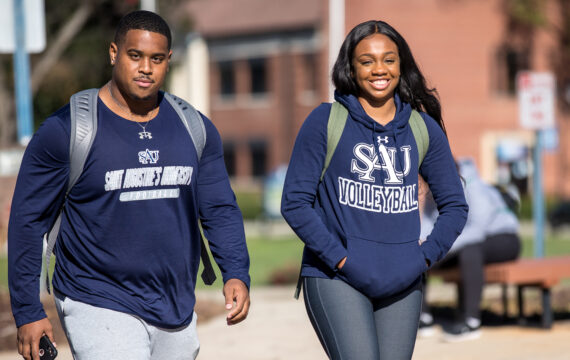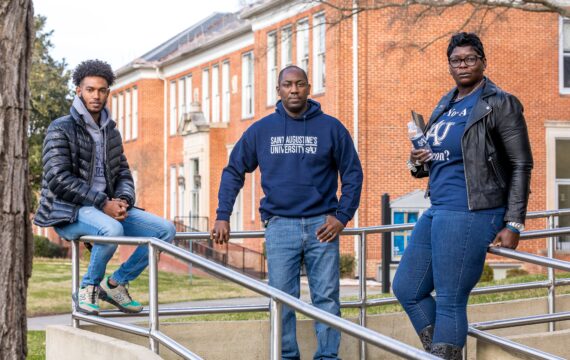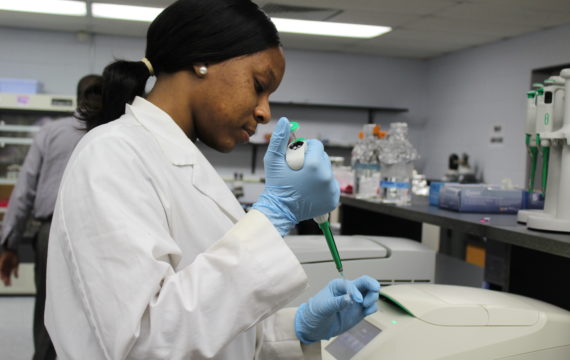SCHOOLS
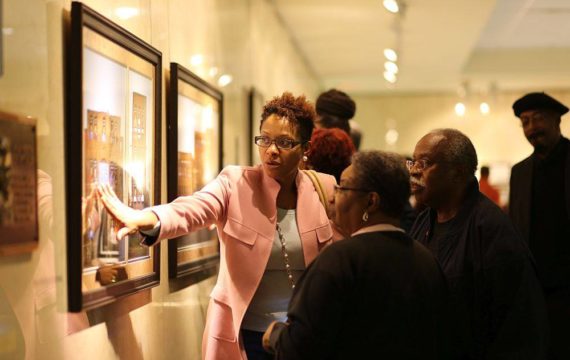
School of Arts, Social Sciences & Communications
Explore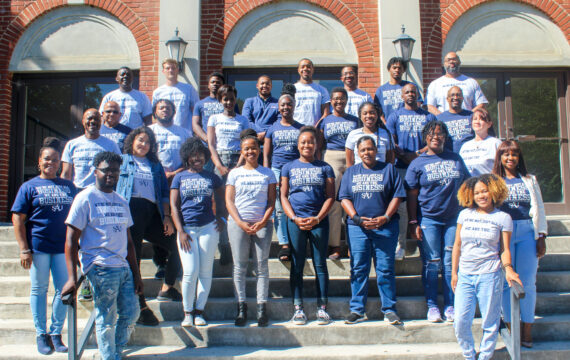
School of Business, Management & Technology
Explore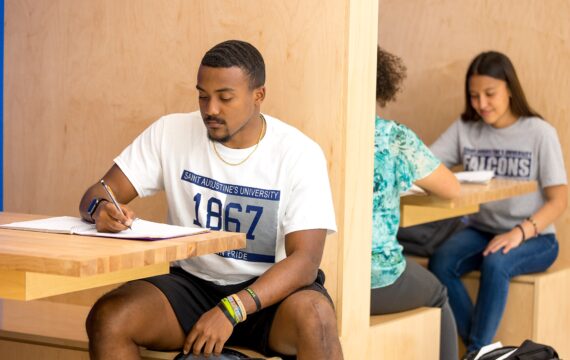
School of Education & General Studies
ExploreSEE OUR COURSE OFFERINGS!
FIND YOUR MAJOR
VIEW UNDERGRADUATE PROGRAMSBECOME A FALCON
CONTINUE YOUR ACADEMIC JOURNEY AT SAU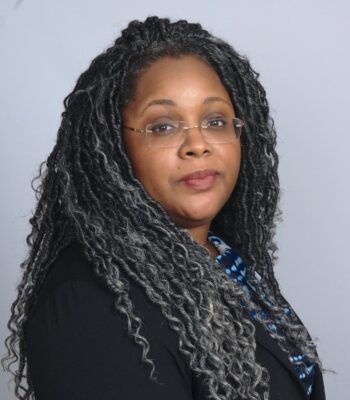
Janelle Jennings-Alexander, Ph.D.
Interim Provost & Vice President for Academic Affairs
jjalexander@st-aug.edu
919.516.4608
UPCOMING EVENTS
There are no upcoming events at this time.
ACADEMIC SERVICES
Office of the Registrar
Academic Advising
Accessibility Services
Office of International Programs
The Write Place
Student Success & Testing
The Prezell R. Robinson Library
ACCREDITATION
The Southern Association of Colleges and Schools Commission on Colleges (SACSCOC) is the body for the accreditation of degree-granting higher education institutions in the Southern states. It serves as the common denominator of shared values and practices primarily among the diverse institutions in Alabama, Florida, Georgia, Kentucky, Louisiana, Mississippi, North Carolina, South Carolina, Tennessee, Texas, Virginia and Latin America and certain other international sites approved by the SACSCOC Board of Trustees that award associate, baccalaureate, master’s, or doctoral degrees. Saint Augustine’s University is accredited by the Southern Association of Colleges and Schools Commission on Colleges to award baccalaureate and master’s degrees.

